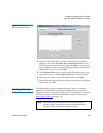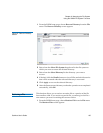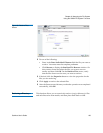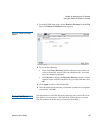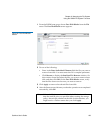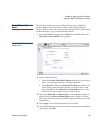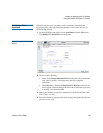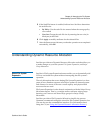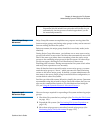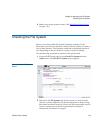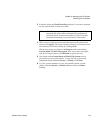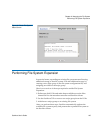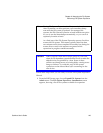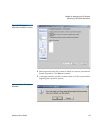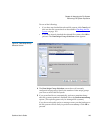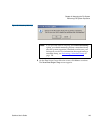
Chapter 6 Managing the File System
Understanding Dynamic Resource Allocation
StorNext User’s Guide 142
About Stripe Group
Movement 6
Stripe Group Movement accomplishes two purposes: moving data files
between stripe groups, and freeing stripe groups so they can be removed
from an existing StorNext file system.
Before movement, the stripe group should be in read-only mode (write
disabled).
During Stripe Group Movement, you indicate one or more source stripe
groups from which to move data. StorNext then automatically moves all
data of the same type (either data or metadata,) from the source stripe
groups to the remaining stripe groups in the file system. All other stripe
groups are targets, allowing an even distribution of data across
remaining disk resources. During movement the file system is left online
and read/write operations occur normally.
After all data has been removed from the source stripe group, you must
mark the stripe group as “down,” which prevents new data from being
written to the source stripe group. If desired, a system administrator can
then remove the source stripe group from the StorNext configuration, or
use the disks in other file systems.
StorNext provides a Movement Wizard to simplify the process. Quantum
recommends using this wizard for Stripe Group Movement, but you can
also use the command line interface. (For information about using the
CLI, see Using the Dynamic Resource Allocation Feature
.)
Expansion and
Movement Steps 6
Here are the steps required for expanding a file system and moving stripe
groups:
1 Check the file system before you begin. (See Checking the File System
on page 143.)
2 Expand the file system. (See Performing File System Expansion
on
page 145.)
3 Move data stripe groups or metadata/journal stripe groups. (See
Performing Stripe Group M
ovement on page 152.)
Note: After expansion you must perform a metadata dump. The File
Expansion Wizard includes an option that will do this for you
automatically, but the process can take longer than if you do
the metadump manually.



